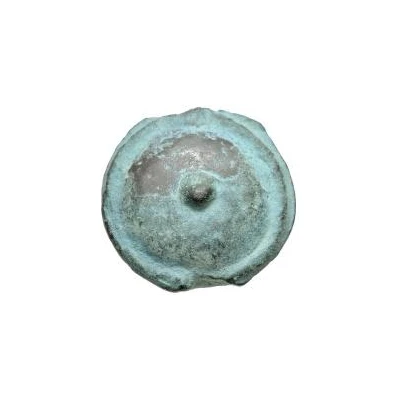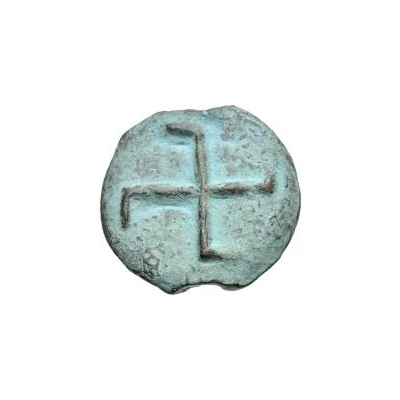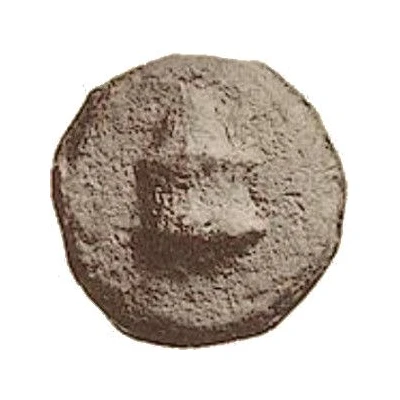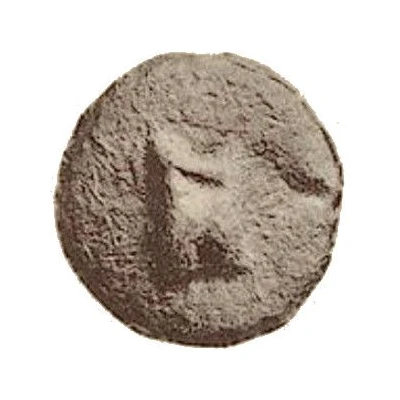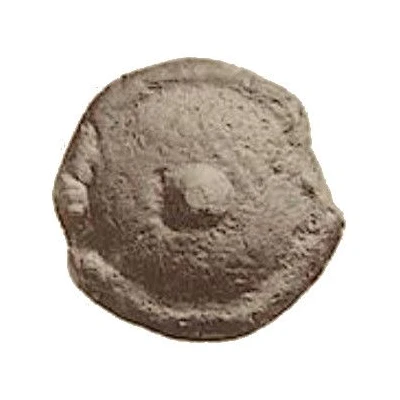
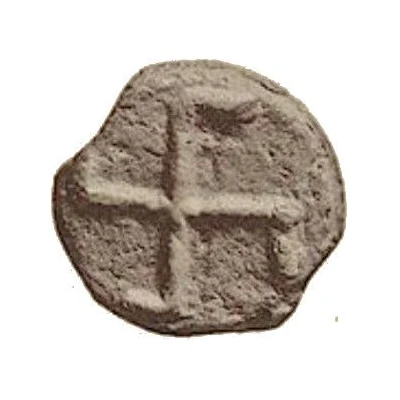

© Ernst Haeberlin; 1910. "Aes Grave". Joseph Baer, Frankfurt, Germany (CC0)
1 Uncia Right-turning 301 BC - 201 BC
| Bronze | 24.45 g | 25 mm |
| Issuer | Uncertain city of Central Italy |
|---|---|
| Type | Standard circulation coin |
| Years | 301 BC - 201 BC |
| Value | Uncia (1⁄12) |
| Currency | As (circa 301-201 BC) |
| Composition | Bronze |
| Weight | 24.45 g |
| Diameter | 25 mm |
| Shape | Round (irregular) |
| Technique | Cast |
| Demonetized | Yes |
| Updated | 2024-10-10 |
| Numista | N#186643 |
|---|---|
| Rarity index | 100% |
Reverse
Right-turning swastika.
Edge
Plain
Interesting fact
The Uncia coin was used in ancient Italy during the Roman Republic era. The coin's design featured the goddess Roma on the obverse (front side) and a mythical creature called a "right-turning" uncia on the reverse (back side). The uncia was a symbol of the Roman Republic and was often depicted on coins as a way to show the power and authority of the Roman state. It's interesting to note that the coin's design was not just for aesthetic purposes, but it also served as a form of propaganda. The image of the uncia was meant to convey the idea of Roman strength and power, and the coin's circulation was a way to spread this message throughout the empire. Additionally, the fact that the coin was made of bronze and weighed 24.45 grams suggests that it was a significant coin with a high value. The use of bronze was a common practice in ancient times, as it was a durable and accessible material. The weight of the coin also indicates that it was a substantial piece of currency, which would have been valuable to the people who used it.
